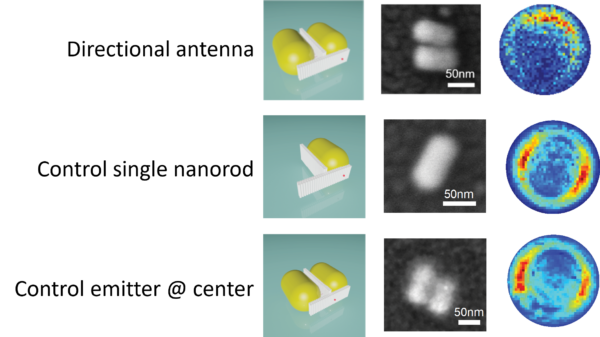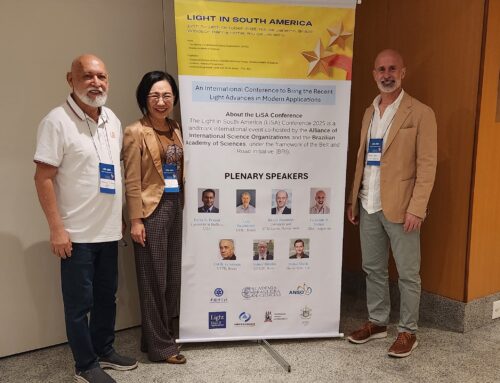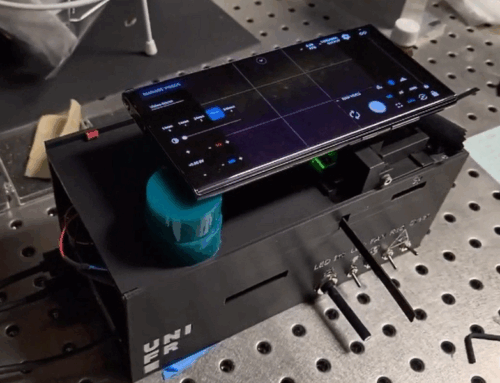By nature, photon emission occurs without directionality. In most situations photon emission is dipolar, and multipolar emission may be obtained under very special conditions. Therefore, imposing directionality requires the mediation of specific devices. Directional optical nano antennas have been demonstrated over a decade ago using the Yagi-Uda concept; i.e. a phased array that produces constructive interference in one direction and destructive in the opposite. While this design is effective to produce direction emission, it requires multiple (typically 4 or 5) elements separated by distances of a quarter of the wavelength, leading to footprints larger than the operating wavelength.
Also more than a decade ago, another type of directional antennas have been predicted theoretically, that involve just two elements separated by small gaps of 5 to 10 nm. This directional antennas have the important advantage of being ultracompact in size. However, the experimental realization of this type of nano antenna has been hindered due to the challenging nanofabrication requirements.
In our recent paper Nano Letters, we present the first experimental realization of ultracompact unidirectional optical antennas. We overcome the nanofabrication challenge using DNA nanotechnology. Using a DNA origami as template, we manage to place two gold nanorodos side by side with a separation gap of ~5 nm, and single fluorophore on a specific position to drive the anti-phase mode of the antenna.

This work was led by the group of Prof. Guillermo Acuna at the University of Fribourg, in Switzerland.
Read the article:
- Fangjia Zhu, María Sanz-Paz, Antonio I. Fernández-Domínguez, Xiaolu Zhuo, Luis M. Liz-Marzán, Fernando D. Stefani, Mauricio Pilo-Pais, and Guillermo P. Acuna
“DNA-Templated Ultracompact Optical Antennas for Unidirectional Single-Molecule Emission”



